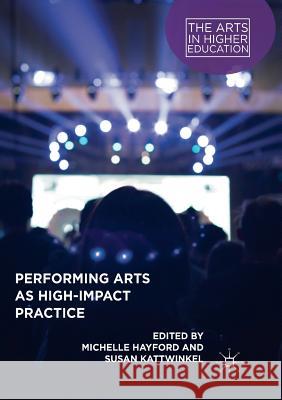Performing Arts as High-Impact Practice » książka
topmenu
Performing Arts as High-Impact Practice
ISBN-13: 9783030102906 / Angielski / Miękka / 2019 / 312 str.
Performing Arts as High-Impact Practice
ISBN-13: 9783030102906 / Angielski / Miękka / 2019 / 312 str.
cena 126,32 zł
(netto: 120,30 VAT: 5%)
Najniższa cena z 30 dni: 126,32 zł
(netto: 120,30 VAT: 5%)
Najniższa cena z 30 dni: 126,32 zł
Termin realizacji zamówienia:
ok. 16-18 dni roboczych.
ok. 16-18 dni roboczych.
Darmowa dostawa!
Kategorie:
Kategorie BISAC:
Wydawca:
Palgrave MacMillan
Seria wydawnicza:
Język:
Angielski
ISBN-13:
9783030102906
Rok wydania:
2019
Wydanie:
Softcover Repri
Numer serii:
000745571
Ilość stron:
312
Waga:
0.39 kg
Wymiary:
21.01 x 14.81 x 1.73
Oprawa:
Miękka
Wolumenów:
01
Dodatkowe informacje:
Wydanie ilustrowane











